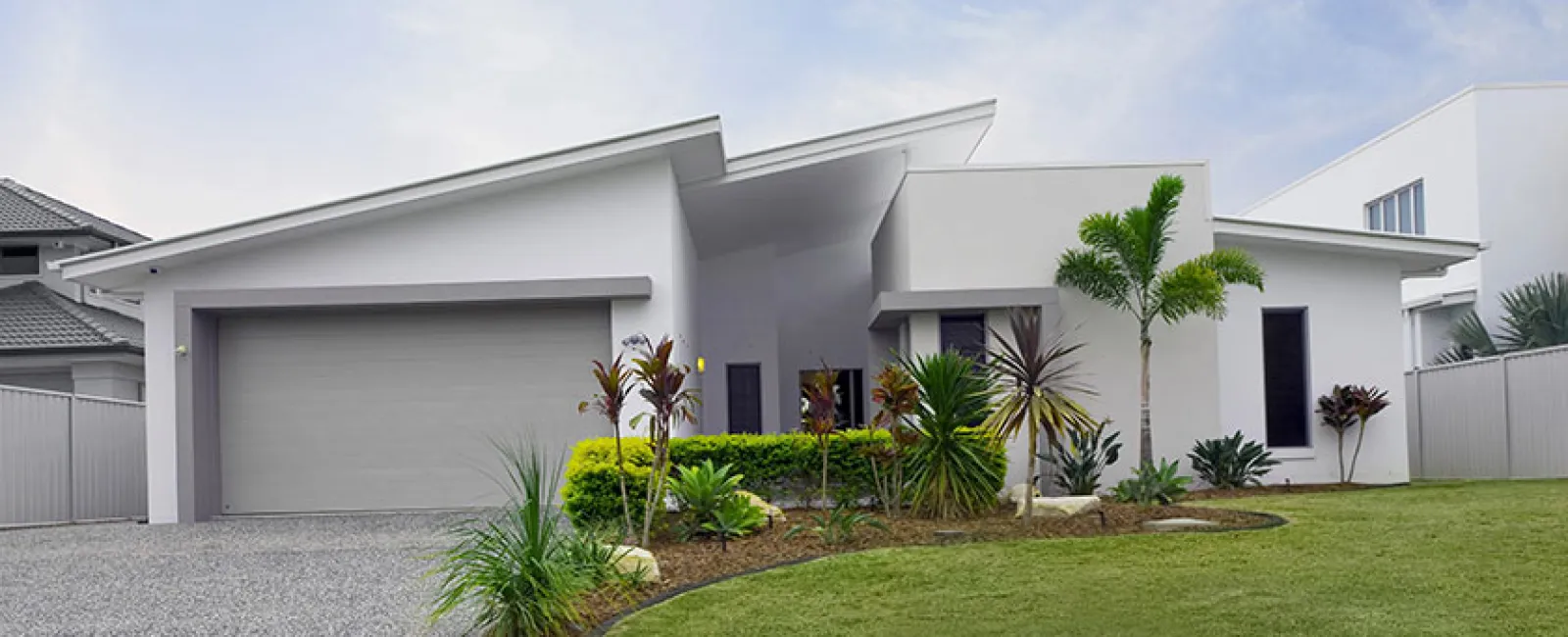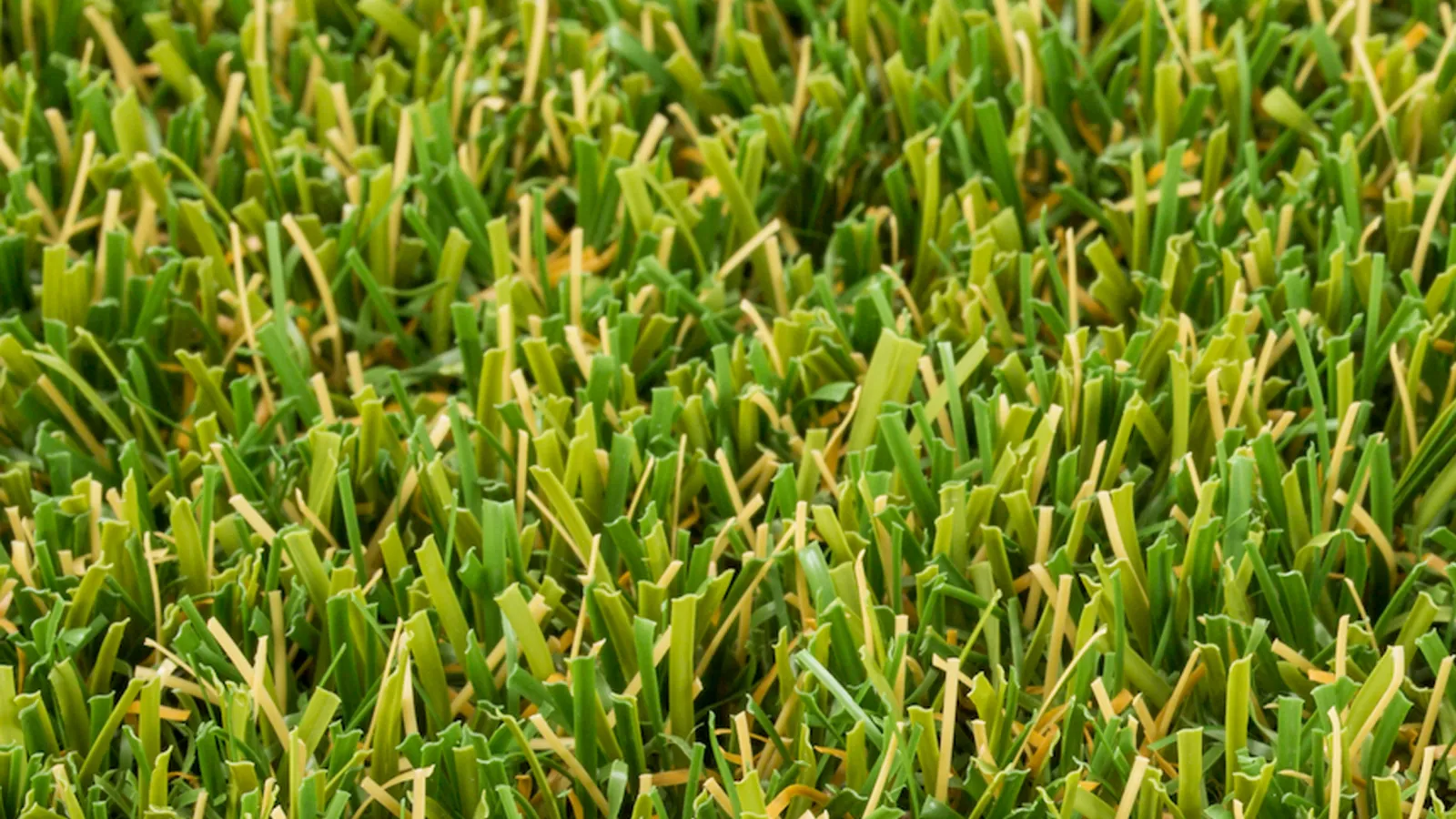Artificial turf has become a popular choice for homeowners who want a lush, green lawn without the constant maintenance that natural grass requires. This innovative landscaping solution has many advantages, making it an attractive option for residential and commercial properties.
As the demand for low-maintenance, eco-friendly outdoor spaces continues to rise, more homeowners are turning to residential artificial turf services to transform their yards into beautiful retreats.
Knowing the benefits and considerations of installing fake grass is important in order to make the best possible decision. Artificial grass products can provide a beautiful and durable alternative to traditional lawns. Yet, many things must be considered before committing to an installation.
Homeowners must consider the initial investment, maintenance requirements, the specific needs of their households, and more - including children and pets.
What's more, the quality of grass turf can differ between products. Choosing reputable suppliers and installation professionals who prioritize quality materials and workmanship is imperative. Learning about the different options and potential pitfalls helps homeowners make informed choices about artificial turf. This approach enhances their investment in their property and provides long-term satisfaction.
Making smart choices about artificial turf increases a home's aesthetic appeal and contributes to a more sustainable and manageable outdoor environment. As we explore the ins and outs of this versatile landscaping solution, homeowners will gain valuable insights that can guide them in creating their ideal outdoor oasis.
The Basics of Artificial Turf
Artificial turf refers to a synthetic surface designed to mimic the appearance and texture of natural grass. It is frequently used in residential yards, commercial spaces, and athletic fields.
Unlike traditional grass, which requires regular watering, mowing, and fertilizing, artificial turf is a low-maintenance solution that can boost the visual appeal of any outdoor area. This innovative product is usually made from polyethylene, polypropylene, or nylon. These materials provide durability and longevity under different weather conditions.
When exploring artificial grass products, homeowners will find several options for different needs. Some products are specifically for high-traffic areas, making them perfect for families with active children or pets.
Others focus on aesthetics, featuring a blend of colors and textures resembling natural grass. Residential artificial turf services often include customized solutions. Examples are infill options that improve performance and comfort so the grass feels soft underfoot.
Despite the many advantages of fake grass, several misconceptions persist. One myth is that artificial turf is unsafe for children and pets.
In reality, high-quality turf products are made from non-toxic materials and are designed with safety in mind. Modern installations include drainage systems that prevent water pooling, making the surface safer and more hygienic.
Another misconception is that artificial turf looks unrealistic. Though early versions of fake grass often fell short in appearance, today's advanced technologies have resulted in lifelike options that are virtually indistinguishable from natural grass. With different styles and finishes available, homeowners can select a product that enriches their landscape while eliminating the hassle of upkeep.
Benefits of Artificial Turf
The advantages of artificial turf make it an increasingly popular choice for homeowners. One of the most compelling benefits is its low maintenance requirements. Natural grass requires regular watering, mowing, and fertilization to stay healthy. On the other hand, artificial turf remains pristine and green year-round with minimal effort.
Homeowners can save time and resources, allowing them to enjoy their outdoor spaces rather than spending hours on upkeep. Overall, artificial turf contributes to substantial water conservation by eliminating the need for extensive watering. It's an eco-friendly choice for sustainable living.
Besides low maintenance, artificial turf is exceptionally durable and resilient against weather conditions. High-quality grass turf can withstand the elements without fading or deteriorating, whether facing scorching sun, heavy rain, or freezing temperatures.
This durability means homeowners can enjoy a consistent, attractive lawn regardless of seasonal changes or heavy foot traffic. While traditional grass can become brown or patchy under stress, artificial turf keeps its gorgeous appearance. This turf provides a reliable outdoor area for gatherings and recreational activities.
Safety is another consideration for families who want to invest in residential artificial turf services. Modern artificial grass products are often made from non-toxic materials, guaranteeing a safe environment for children and pets to play.
Many manufacturers have prioritized creating soft and durable surfaces, reducing the risk of injuries during play. Fake grass installations typically include drainage systems that prevent water accumulation, minimizing mold and bacteria growth. This feature keeps the surface clean and safe and increases overall hygiene.
Clearly, artificial turf's benefits encompass low maintenance, water conservation, exceptional durability, and safety features. These advantages make it an attractive option for homeowners looking for a beautiful, functional outdoor space.
Residential Artificial Turf Services
At Turf Tek USA, we specialize in providing residential artificial turf services for homeowners who desire a beautiful, low-maintenance lawn.
Our expertise in artificial turf installations means you'll receive high-quality materials and exceptional service from start to finish. We offer a range of customized artificial grass products specialized to meet your precise needs, preferences, and budget.
The installation process starts with an in-depth consultation, during which our knowledgeable team assesses your outdoor space. We discuss your goals, the intended use of the area, and any specific design elements you envision.
Once we gather all the necessary information, we create a plan that outlines the steps and materials required for your project. Depending on the size and complexity of the job, the installation usually takes one to three days. Our skilled crews work efficiently, using advanced techniques to make sure the grass turf is laid correctly and securely.
One of the biggest aspects of choosing residential artificial turf services is the importance of professional installation. While DIY projects may seem appealing, installing fake grass can lead to problems if not done properly.
Professional installation guarantees a high-quality outcome and boosts the longevity and performance of your turf. Our experienced team knows the importance of site preparation, drainage, and infill application, making certain every detail is addressed.
Choosing the Right Grass Turf
You must consider several products to ensure that you choose one that meets your specific needs and preferences.
First, consider the area's main purpose. Is it for children to play on, pets to enjoy, or simply for aesthetic appeal? Each of these uses may require different characteristics in artificial grass products.
For example, if you have pets, choose turf made for durability and easy cleaning. Many products offer superior drainage and resistant fibers that withstand the wear and tear caused by playful animals.
Another thing to think about is the climate and local environment. Some fake grass products are engineered to handle extreme weather conditions, while others may be better for moderate climates. Choose a turf that will thrive in your specific environment for longevity and performance.
When comparing different artificial grass products, aesthetics also play an important role. The appearance of your lawn can impact your home's curb appeal.
Look for turf that mimics the color and texture of natural grass for a realistic look. Many homeowners find that selecting a high-quality product that closely resembles real grass increases the overall beauty of their landscaping.
Sourcing USA-made products supports local economies and also helps guarantee that you receive high standards in materials and craftsmanship.
American manufacturers usually stick to strict safety and quality regulations, providing peace of mind for homeowners.
The Installation Process
Becoming familiar with the installation process of artificial turf can help homeowners appreciate the expertise required to achieve a beautiful and durable lawn. At Turf Tek USA, we follow a systematic, step-by-step approach so that each installation meets our high standards for quality and performance.
The process starts with a thorough site assessment. Our team evaluates the area to identify any specific challenges (like existing vegetation, uneven terrain, or drainage issues). After this evaluation, we prepare the site by removing any natural grass, weeds, or debris to create a clean foundation for the new grass turf.
Next, we prepare the base. This is necessary for the longevity and effectiveness of artificial turf. We create a stable base using crushed stone, compacting it to prevent settling over time.
Proper drainage is important during this phase because it helps avoid water accumulation and keeps the surface dry and functional. Our professionals grade the base appropriately to assist with water flow away from the installation site.
Once the base is ready, we lay the artificial grass products. Our team carefully rolls out the turf so it fits snugly against the edges and corners of the designated area.
We use specialized tools to cut and shape the turf for a flawless appearance. Then, depending on the specific requirements of the installation, we secure the edges with staples, nails, or adhesive.
After securing the turf, we apply sand infill material to heighten stability and support the blades of grass. This infill helps the fake grass maintain its shape so it feels comfortable underfoot. The sand infill also protects the backing for longer wear and provides ballast to keep the turf in place. Finally, completing the installation, our team brushes the surface to achieve a natural look and feel.
Maintenance and Care
Maintaining artificial turf is necessary for preserving its aesthetic appeal and longevity. Fortunately, caring for your grass turf is far less labor-intensive than maintaining a natural lawn. Routine upkeep can help make certain your turf remains beautiful, functional, and inviting for years to come.
One of the main maintenance tasks is routine cleaning. Leaves, twigs, dirt, and other debris can accumulate on the surface, so it's important to remove these items periodically.
A leaf blower or a stiff broom can help clear loose debris quickly and effectively. A gentle wash with water and mild detergent is usually sufficient for more stubborn dirt and stains. Rinsing the area afterward helps maintain the artificial grass products' integrity and appearance.
Another aspect of care involves grooming the turf fibers.
Over time, the blades may become flattened due to foot traffic or outdoor activities. To tackle this, a power broom or a turf rake can fluff up the grass and restore its natural upright position. This not only enriches the visual appeal but also helps to prevent matting.
Some homeowners worry about odors when it comes to dealing with common concerns about fake grass, especially if pets are involved. Regular cleaning with pet-safe solutions can eliminate unpleasant smells and provide a fresh scent. Also, applying infill regularly can help absorb odors and maintain a clean surface.
Another concern is the impact of extreme weather conditions. While artificial turf is designed to withstand various climates, inspecting the area after heavy storms or extreme heat is wise. Clearing debris, checking for drainage issues, and ensuring the turf remains in good condition will help mitigate potential problems.
Cost Considerations
If you're seriously considering installing artificial turf, it's highly recommended that you familiarize yourself with the associated costs. The initial investment for artificial grass products can differ depending on the turf's quality, the installation's complexity, the size of the area being covered, and more.
Typically, costs can range from $10 to $20 per square foot in the New York/tri-state area. This includes both materials and labor. (Prices can vary - this is only a reference point.)
Although the upfront costs can seem substantial, it's important to evaluate the long-term savings that artificial turf can offer. One of the biggest advantages is the reduction in maintenance expenses.
Unlike nature's grass, which needs constant watering, mowing, and fertilization, fake grass demands minimal maintenance. Homeowners will save on water bills and landscaping services, which can accumulate substantial savings over time. Many estimates suggest that homeowners can save thousands of dollars in maintenance costs throughout the lifespan of their turf.
Residential artificial turf services often come with warranties that cover installation and materials, providing peace of mind regarding potential issues.
If you're worried about financing the installation, many companies offer flexible payment plans to help make the investment more manageable. Options may include low-interest loans or installment payments allowing homeowners to enjoy their new grass turf without a hefty financial burden.
Assessing the value of artificial turf over time is imperative. With proper care and maintenance, this product can last 15 to 25 years. Hence, it's a worthy investment for families who want to improve their outdoor spaces without the hassle of traditional landscaping.
So, while the initial cost of artificial grass products may be higher, the long-term savings and benefits make it an appealing option for many homeowners.
Why Choose Turf Tek USA for Your Artificial Turf Needs?
When selecting the best artificial turf solutions, Turf Tek USA is the premier choice for homeowners. We are committed to quality, and professional installations and offer only the finest artificial grass products, specifically designed for durability and aesthetic appeal.
With extensive experience in residential and commercial projects, our knowledgeable team excels in providing customized residential artificial turf services that meet the unique needs of every customer.
Ready to transform your outdoor space? Call us at 631-651-5777 or use our online form to reach out.


